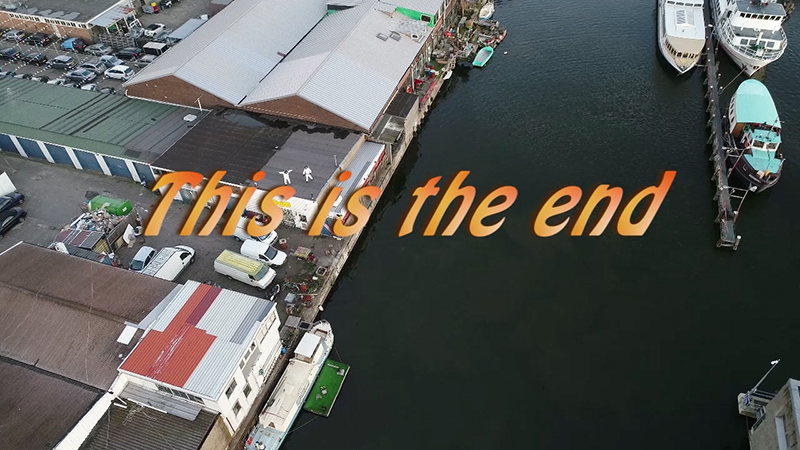
It was a sweet and warm summer night in Amsterdam. A friend of mine recommended a cool place to go to… this place was called Gare du Noord. The line-up of the night was: Tina Kristina (RUS); Rock and Roll Terrorists (IT); Spill Gold (NL); Blue Crime (NL). For the event, the entrance was a little donation. However, Gare du Noord regula aurea was a free-entrance or a little donation for any organised events.
With a couple of friends, we were discussing that is rare to find a place like that. In Amsterdam, the mainstream urban trend and the cultural economy offer is quite yuppies-hispter oriented. I was pretty fascinated both from the venue and the cultural milieu reverberated by the music and the people around. A mix of regulars and new comers like me. The space was a remix between a subversive literary café with a gallery and a revolutionary theatre-club. This friendly place has been a shelter for artists, in which the collective was not just a vibe but also a curated animation of cultural events, dj-sets and live acts.
Unbeknownst to me, after few months I sadly discovered that in December they were celebrating the closing night. Such a shame, I thought! Or like Dutch use to say: jammer. This is the end! Like the renowned song by Doors:
“This is the end
Beautiful friend
This is the end
My only friend”
In the case of Gare du Noord was not just the end for their only friend, but for an entire group of ‘urban beasts’ that are still prone for a collective action to support artist expressions. There are so many theories in social science that explain the collective action paradigm. Evictions, dispossessions, cooptation processes have in commons a shared injustice or grievances, attribution of grievances to employers, social identification, role of leadership, result in opportunity for political mobilization (i.e. balance of power and legislation action). The collective action is thus an outcome of interaction between those factors. Political mobilisation refers to the dimension of antagonism which take many forms in diverse social relations. Under this light, Gare du Noord was an antagonist space, the non plus ultra of the concept of commons in the art and the re-appropriation of a space for the collective. It was a counter-practice to draw on.
The urban and the city itself is here conceived as a field of contention between instruments of government and those who resist them. Collective actions are a central aspect in the social production of urban space. We can understand it as a reflection of three features generated in urban life: labour, consumption and service; public space (including the virtual for mass communication); art as a form of creative expression.
If you google Gare du Noord now, what pops up is a new shiny condominiums project with an awesome rendering of what that area will look like in the near future. Gare du Noord, as I have been used to know it, is now closed. They have been evicted with an ultimatum in December 2018.
***
Cultural venues are gone and urban commons are devoured! Again and again.
Let’s preserve this specie together!
***
